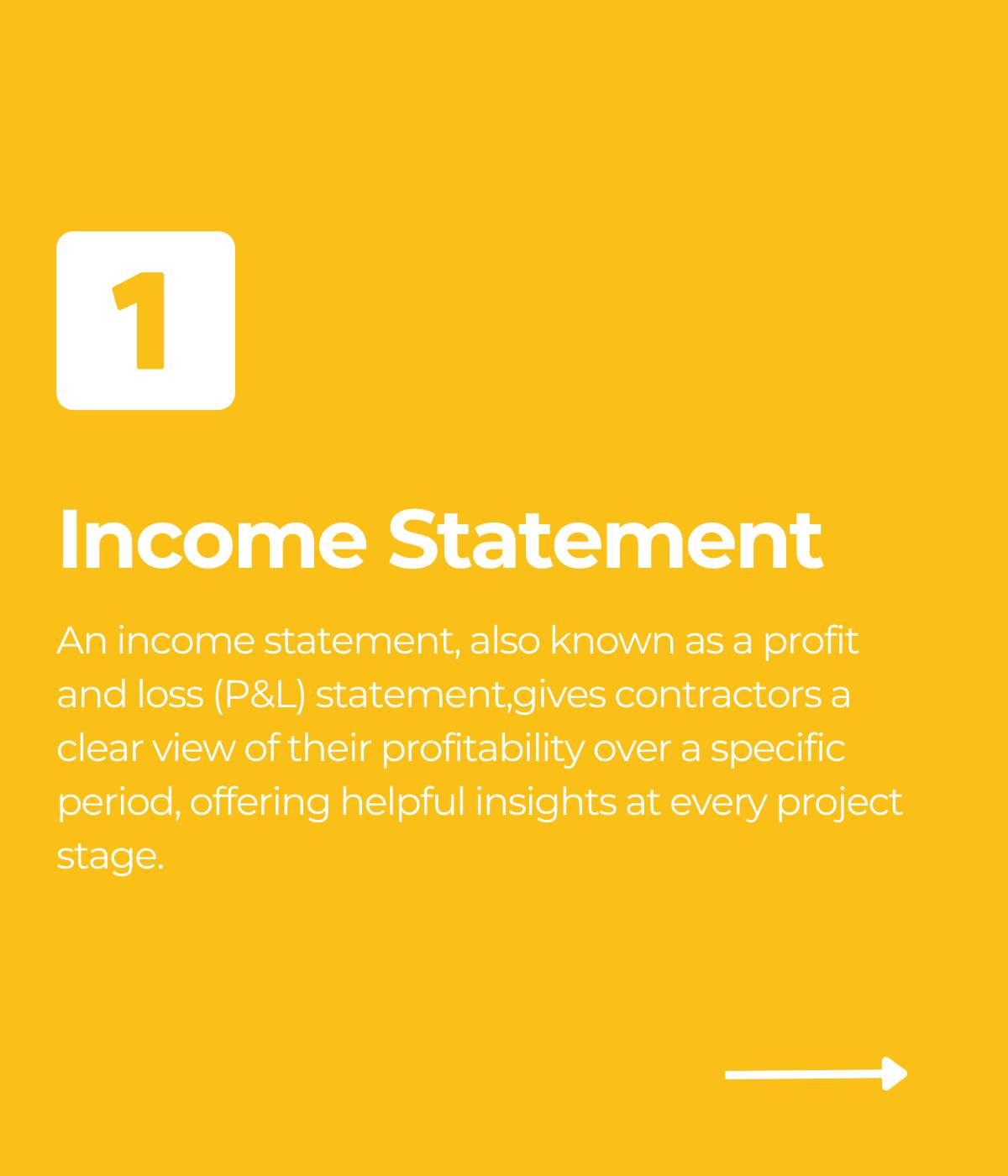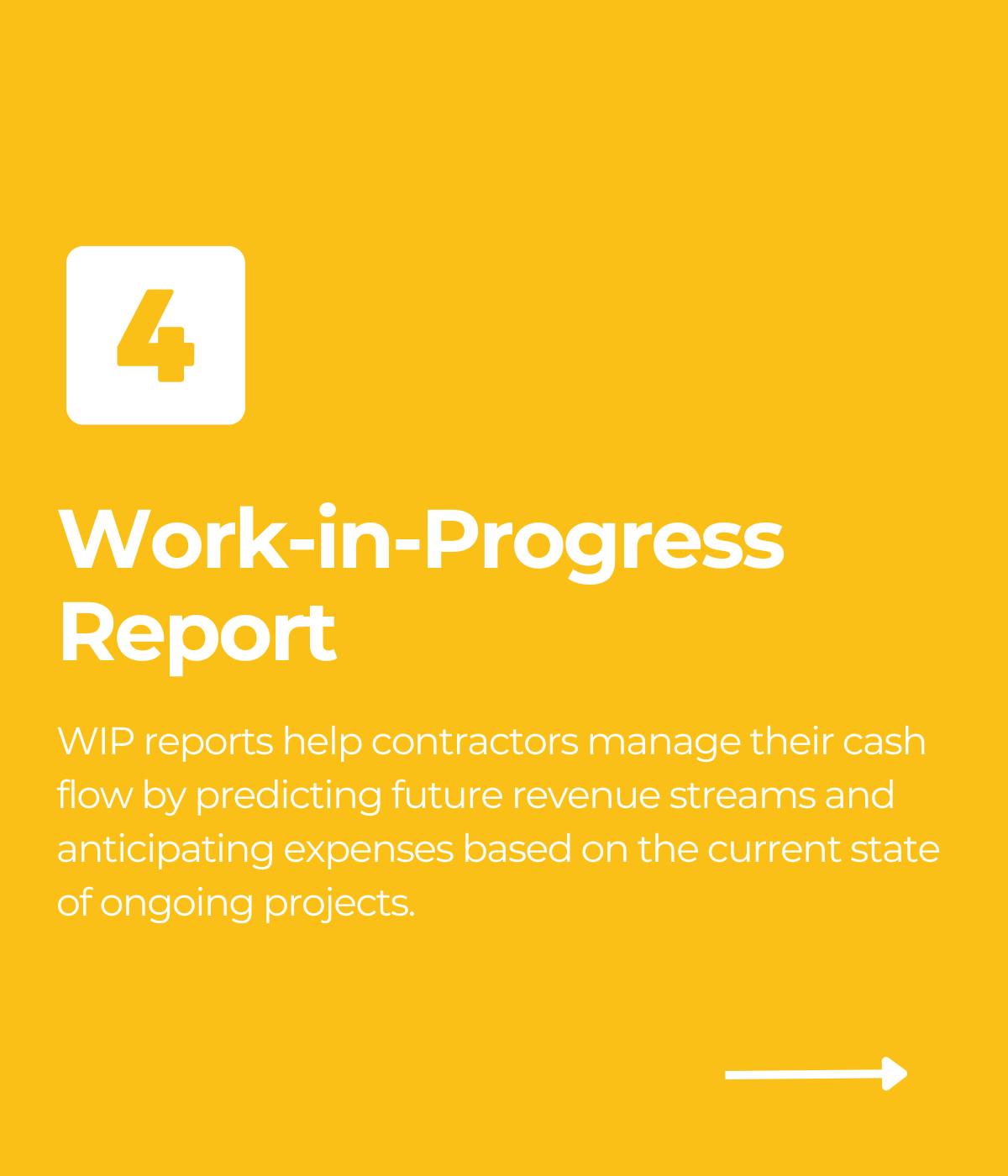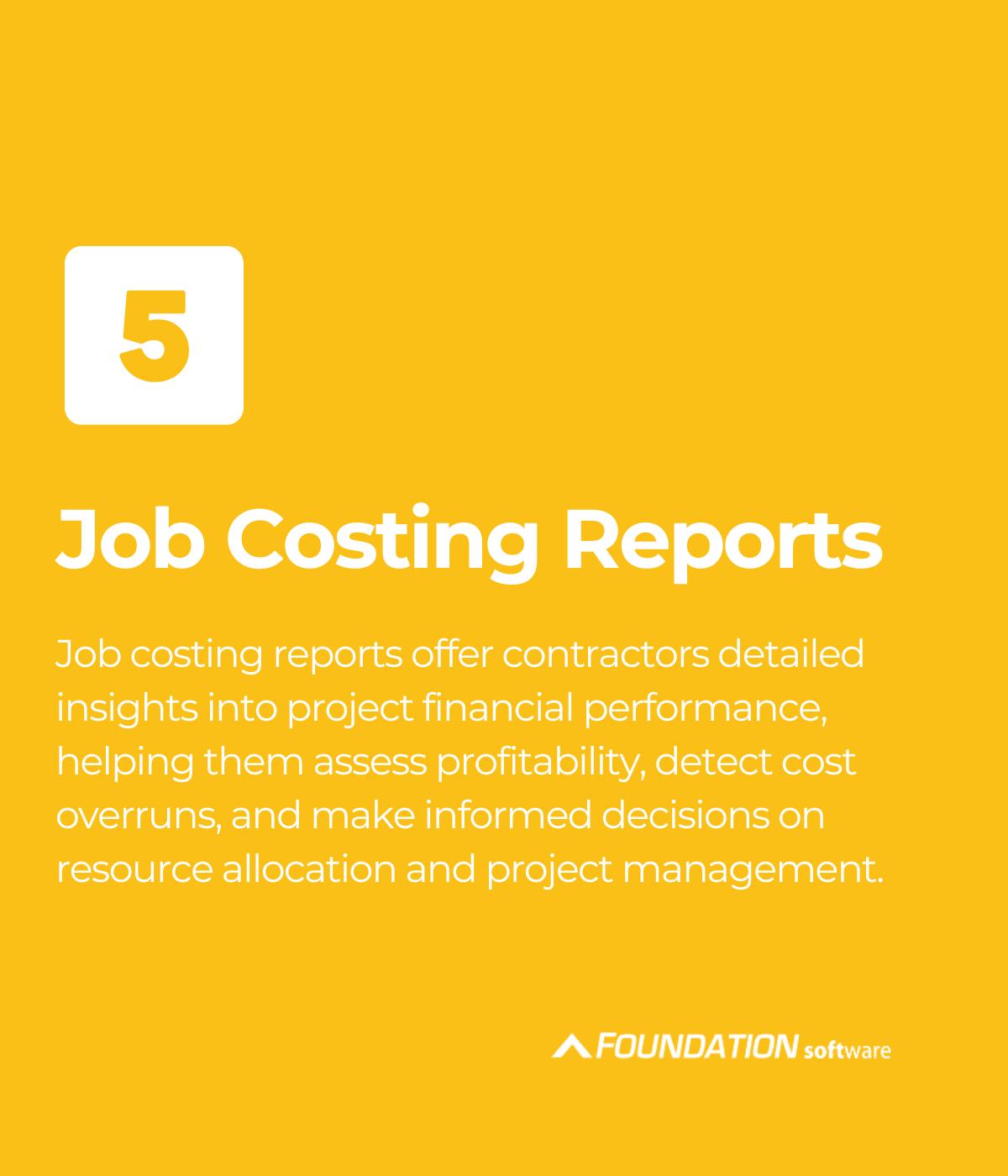
Cash is one of the most critical components of a construction company’s success and stability. Yet 84% of construction companies participating in a ConstructConnect survey said that they had problems with cash flow. Not good!
In addition to developing cash flow forecasting at the planning stage of every contract, contractors need a system at the corporate level to monitor cash flow in a proactive and timely manner. Accounts receivable management software provides the data necessary for analysis and decision-making.
Construction business owners should view and understand cash flow from two perspectives: across the entire organization and at the job level.

Company-Wide Cash Flow Reporting
Many contractors struggle to understand the effects of peaks and valleys of cash flow on the entire organization. Outside the balance sheet and the income statement, one of the most overlooked financial statements is the cash flow statement. This report, based on general ledger activity, shows how changes in the balance sheet and income statement line items affect cash.
The information is generally broken down into three sections: operating, investing, and financing.
Income statements are used to illustrate company profitability and balance sheets are used to satisfy creditors, manage inventory, and collect receivables, but both miss the inflow and outflow of cash. A prepared income statement, for example, may show revenues that have been reported but not yet collected and expenses that have been reported but not yet paid. In the same sense, an increase in accounts receivable billings does not necessarily mean an increase in cash, and the posting of an accounts receivable invoice (which increases a company’s income) has no effect on cash.
A cash flow statement, in contrast, identifies the cash flowing in and out of the company via cash receipt transactions: accounts receivable collections, accounts payable invoice payments, and payroll liability payments.
Most accounting systems that operate on an accrual method offer a standard cash flow statement generated within the general ledger. When reviewed regularly, this report gives construction business owners a much clearer understanding of their company’s financial position and construction KPIs than the income statement and balance sheet alone. Negative cash flow from operating activities, for example, may raise a red flag as to why the reported net income is not turning into cash. Or a large increase in accounts receivable may uncover problems with billing or collection procedures.
Cash Flow by Job Reporting
Most construction projects are considered individual profit centers, each with its cash cycle. Therefore, in addition to the statement of cash flow, which shows cash activity on a company-wide basis, contractors should analyze cash flow by job to see how each project affects cash flow for a given period. By doing so, contractors can identify profitable jobs that are funding themselves, as well as underperforming jobs that absorb funding from other jobs.
Construction-specific accounting software should make it easy, if not automatic, to prepare a cash flow by job report. Some systems even incorporate this report into their executive dashboards so the information is displayed graphically and is available on a real-time basis.
At a minimum, a contractor should be able to view cash received or collected via cash receipts per job minus what was paid out of accounts payable and payroll. When defining payroll cash paid to date, the report should include gross payroll (employees’ wages plus FICA, FUTA, SUTA, workers’ compensation, prepaid insurance, and other costs), not net payroll (employees’ wages).
For a more detailed look at cash flow by job, contractors need a report that includes a revised contract amount, a revised estimated cost, gross profit, open payables, and open receivables per job.

Using this information—in conjunction with cash collected and cash paid to date out of accounts payable and payroll—construction executives should be able to see the percentage of cash flow to contract and the percentage of cash flow to gross profit. Not only does this allow contractors to alter cash flow projections based on actual cash activity, but it also provides valuable information on trends for certain types of jobs.
Proper cash flow management is essential for all businesses, but it is especially important in the cyclical, project-based world of contracting. With today’s sophisticated construction accounting applications, contractors can easily view and understand reporting from two perspectives: the company-wide statement of cash flow and the project-level cash flow by job report.
*Published in Construction Executive
Share Article
Keep on current news in the construction industry. Subscribe to free eNews!
Our Top 3 YouTube Videos
Learn about our software more in depth with product overviews, demos, and much more!

Our ACA reporting & e-filing services include official 1094-C and 1095-C IRS reporting, optional e-filing (no applying for a TCC code required), mailing to your employees and experienced support to help you.

There are plenty of reasons to make FOUNDATION your choice for job cost accounting and construction management software — just ask our clients!

From job cost accounting software, to construction-specific payroll. Get an overview on your next all-in-one back-office solution.









